Software requirement analysis and intelligent recommendation method combined with knowledge map
DOI: 10.23977/jnca.2025.100108 | Downloads: 20 | Views: 1008
Author(s)
Ping Xu 1
Affiliation(s)
1 School of Information Science and Technology, Taishan University, Tai'an, 271000, China
Corresponding Author
Ping XuABSTRACT
With the increasing complexity of software system, it is a key challenge to improve the accuracy of software requirements analysis and the effectiveness of intelligent recommendation. This paper focuses on exploring innovative methods of software requirements analysis and intelligent recommendation combined with knowledge map. By collecting multi-source information such as software requirements documents, user behavior data and feedback, the software requirements knowledge map is carefully constructed. On this basis, the software requirements are analyzed by graph mining technology and reasoning mechanism, and intelligent recommendation is realized by graph-based random walk algorithm with context information. In order to verify the effectiveness of the method, experiments were carried out with 100 enterprise management software users as samples. The results show that the accuracy of demand analysis in the experimental group is 85%, which is significantly improved compared with the control group's 68%. In terms of intelligent recommendation, the recall rate and accuracy rate of the experimental group were 86.7% and 87.5%, while those of the control group were only 61.1% and 64.3%. This shows that the method of combining knowledge map has achieved remarkable results in mining potential software requirements, understanding user requirements and providing accurate recommendations. It provides valuable new ideas for related research and practice in the field of software development, and is expected to promote the further innovation and development of technology in this field.
KEYWORDS
Knowledge Map; Software Requirements Analysis; Intelligent RecommendationCITE THIS PAPER
Ping Xu, Software requirement analysis and intelligent recommendation method combined with knowledge map. Journal of Network Computing and Applications (2025) Vol. 10: 63-69. DOI: http://dx.doi.org/10.23977/jnca.2025.100108.
REFERENCES
[1] Chazette L, Brunotte W, Speith T. Explainable software systems: from requirements analysis to system evaluation[J]. Requirements Engineering, 2022, 27(4):457-487.
[2] Kamal T, Zhang Q, Akbar M A. Toward successful agile requirements change management process in global software development: a client–vendor analysis[J]. IET Software, 2020, 14(3):265-274.
[3] Cui J, Cai Y, Wu Y. Criticality analysis for safety-critical software in nuclear power plant distributed control system[J]. Kerntechnik, 2021, 86(5): 343-352.
[4] Wang Shuo, Gu Yiran, Huang Liya. An Online Course Recommendation Model Based on Knowledge Subgraph and Attention Mechanism[J]. Computer Technology and Development, 2024, 34(4):139-145.
[5] Ruiz M, Hu J Y, Dalpiaz F. Why don't we trace? A study on the barriers to software traceability in practice[J]. Requirements Engineering, 2023, 28(4): 619-637.
[6] Yang Jiaqi, He Chaobo, Guan Quanlong, et al. A Relationship Prediction Method for Course Knowledge Graph Enhanced by Prerequisite Relationship Information[J]. Computer Science, 2024, 51(10):162-169.
[7] Habibullah K M, Heyn H M, Gay G, et al. Requirements and software engineering for automotive perception systems: an interview study[J]. Requirements Engineering, 2024, 29(1): 25-48.
[8] Zhang Yaqing, Shan Zhongyuan, Zhao Junfeng, et al. Knowledge Graph Instance Construction and Evolution Method Based on Intelligent Mapping Recommendation[J]. Computer Science, 2023, 50(6):142-150.
[9] Ducoffe M, Gabreau C, Ober I, et al. Certification of avionic software based on machine learning: the case for formal monotony analysis[J]. International Journal on Software Tools for Technology Transfer, 2024, 26(2): 189-205.
| Downloads: | 1698 |
|---|---|
| Visits: | 173218 |
Sponsors, Associates, and Links
-
Power Systems Computation
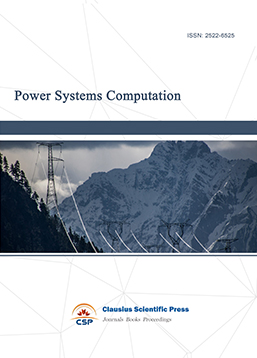
-
Internet of Things (IoT) and Engineering Applications
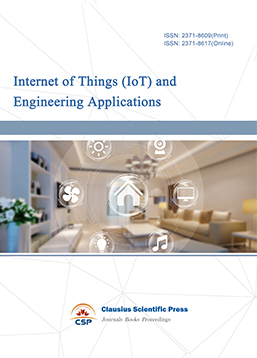
-
Computing, Performance and Communication Systems
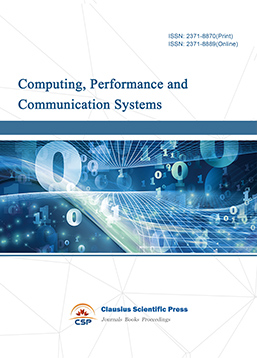
-
Journal of Artificial Intelligence Practice
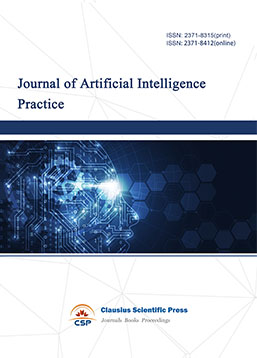
-
Advances in Computer, Signals and Systems
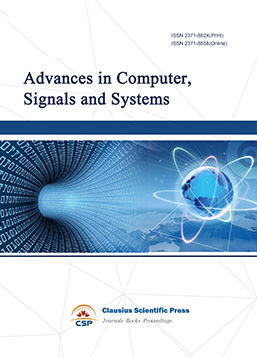
-
Journal of Web Systems and Applications
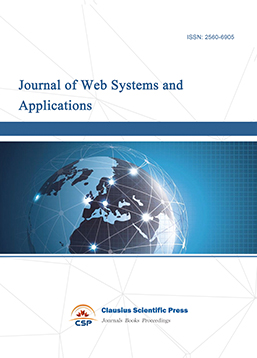
-
Journal of Electrotechnology, Electrical Engineering and Management
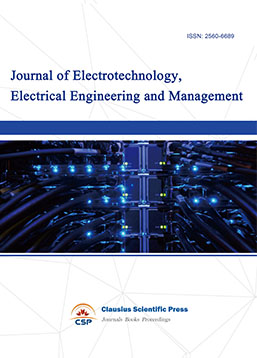
-
Journal of Wireless Sensors and Sensor Networks
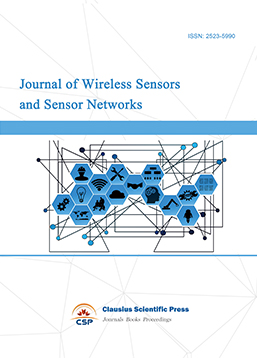
-
Journal of Image Processing Theory and Applications
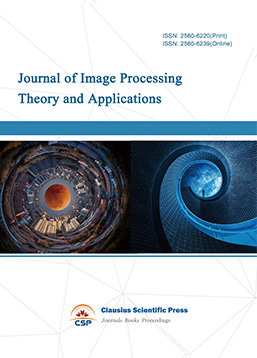
-
Mobile Computing and Networking
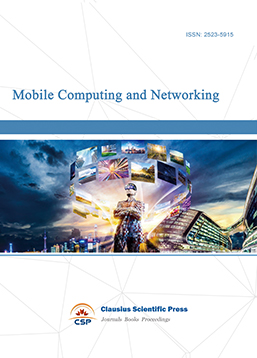
-
Vehicle Power and Propulsion
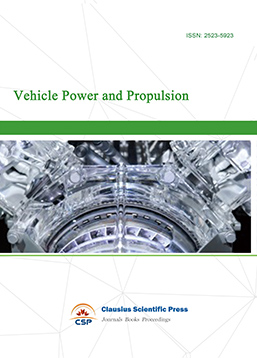
-
Frontiers in Computer Vision and Pattern Recognition

-
Knowledge Discovery and Data Mining Letters
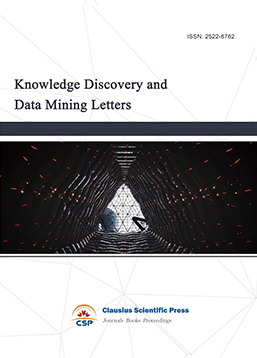
-
Big Data Analysis and Cloud Computing
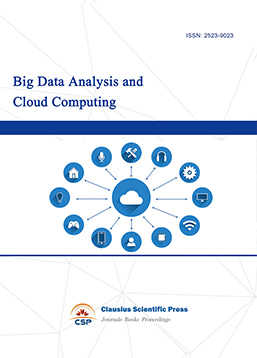
-
Electrical Insulation and Dielectrics
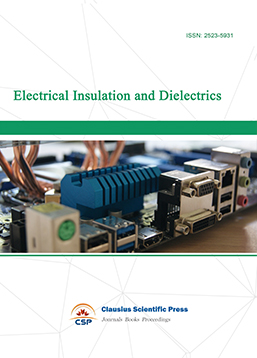
-
Crypto and Information Security
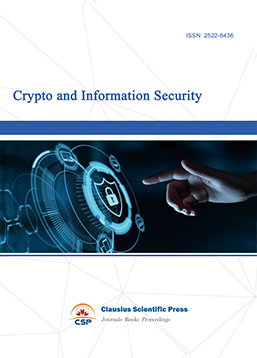
-
Journal of Neural Information Processing
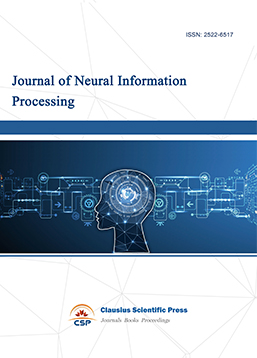
-
Collaborative and Social Computing

-
International Journal of Network and Communication Technology
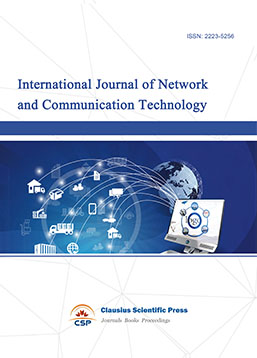
-
File and Storage Technologies
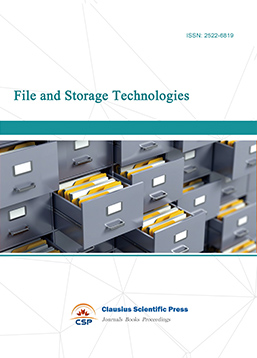
-
Frontiers in Genetic and Evolutionary Computation
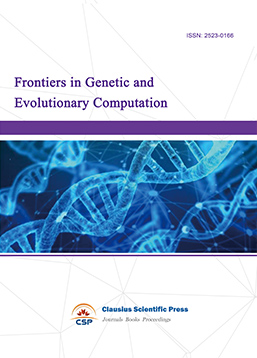
-
Optical Network Design and Modeling

-
Journal of Virtual Reality and Artificial Intelligence
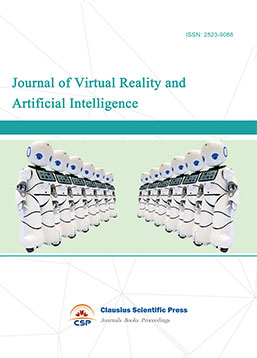
-
Natural Language Processing and Speech Recognition
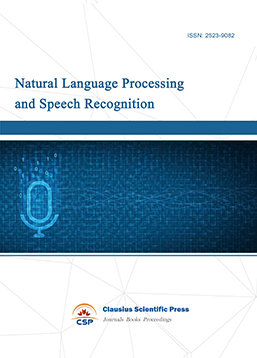
-
Journal of High-Voltage
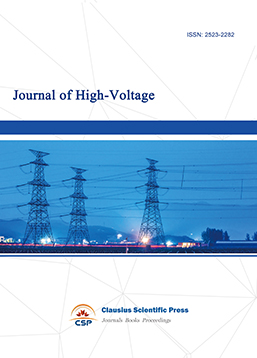
-
Programming Languages and Operating Systems
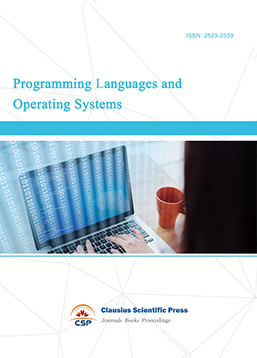
-
Visual Communications and Image Processing
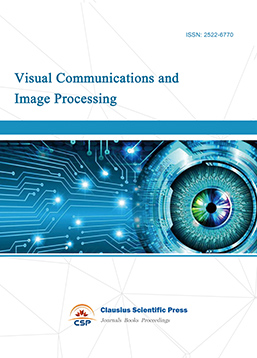
-
Journal of Systems Analysis and Integration

-
Knowledge Representation and Automated Reasoning
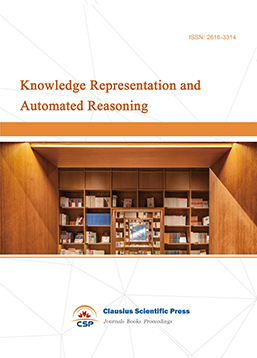
-
Review of Information Display Techniques
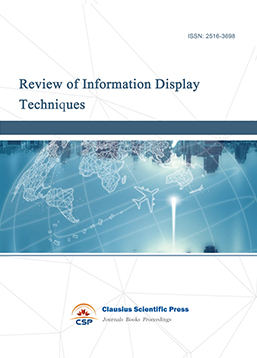
-
Data and Knowledge Engineering

-
Journal of Database Systems
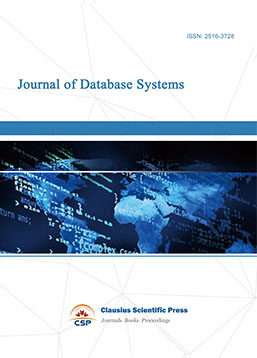
-
Journal of Cluster and Grid Computing

-
Cloud and Service-Oriented Computing
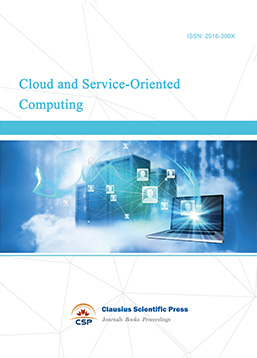
-
Journal of Networking, Architecture and Storage
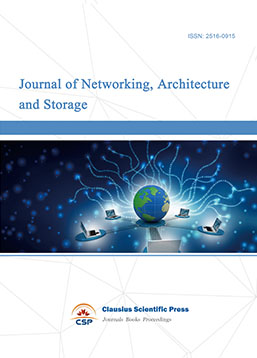
-
Journal of Software Engineering and Metrics

-
Visualization Techniques

-
Journal of Parallel and Distributed Processing
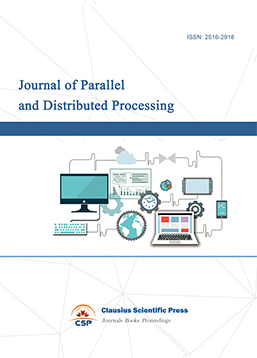
-
Journal of Modeling, Analysis and Simulation
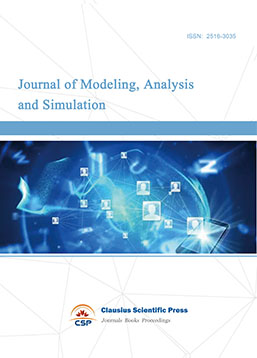
-
Journal of Privacy, Trust and Security
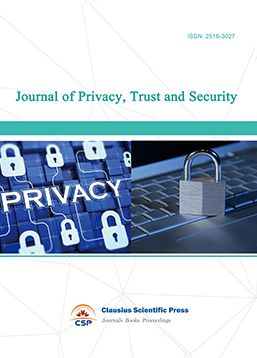
-
Journal of Cognitive Informatics and Cognitive Computing
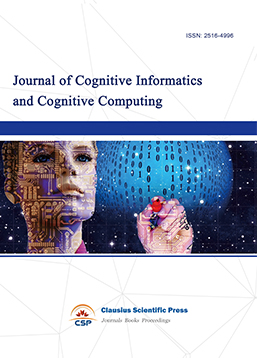
-
Lecture Notes on Wireless Networks and Communications

-
International Journal of Computer and Communications Security
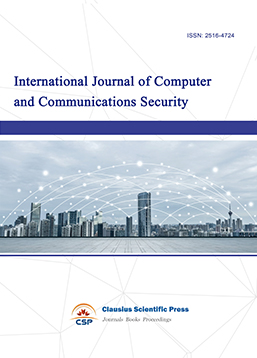
-
Journal of Multimedia Techniques
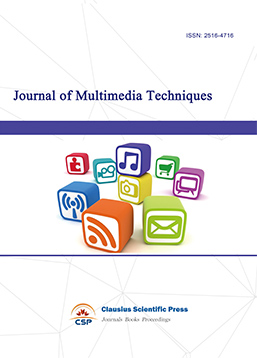
-
Automation and Machine Learning
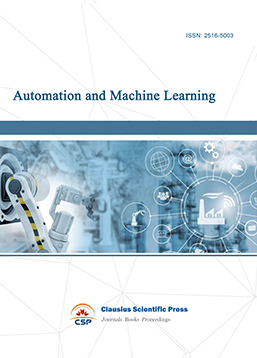
-
Computational Linguistics Letters
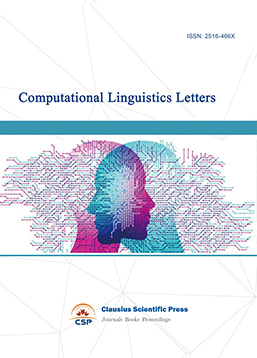
-
Journal of Computer Architecture and Design
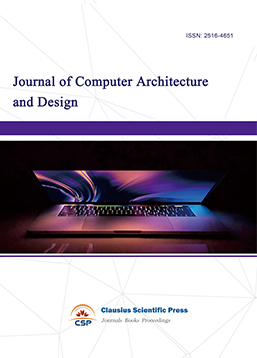
-
Journal of Ubiquitous and Future Networks
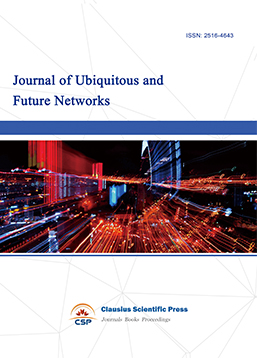

 Download as PDF
Download as PDF